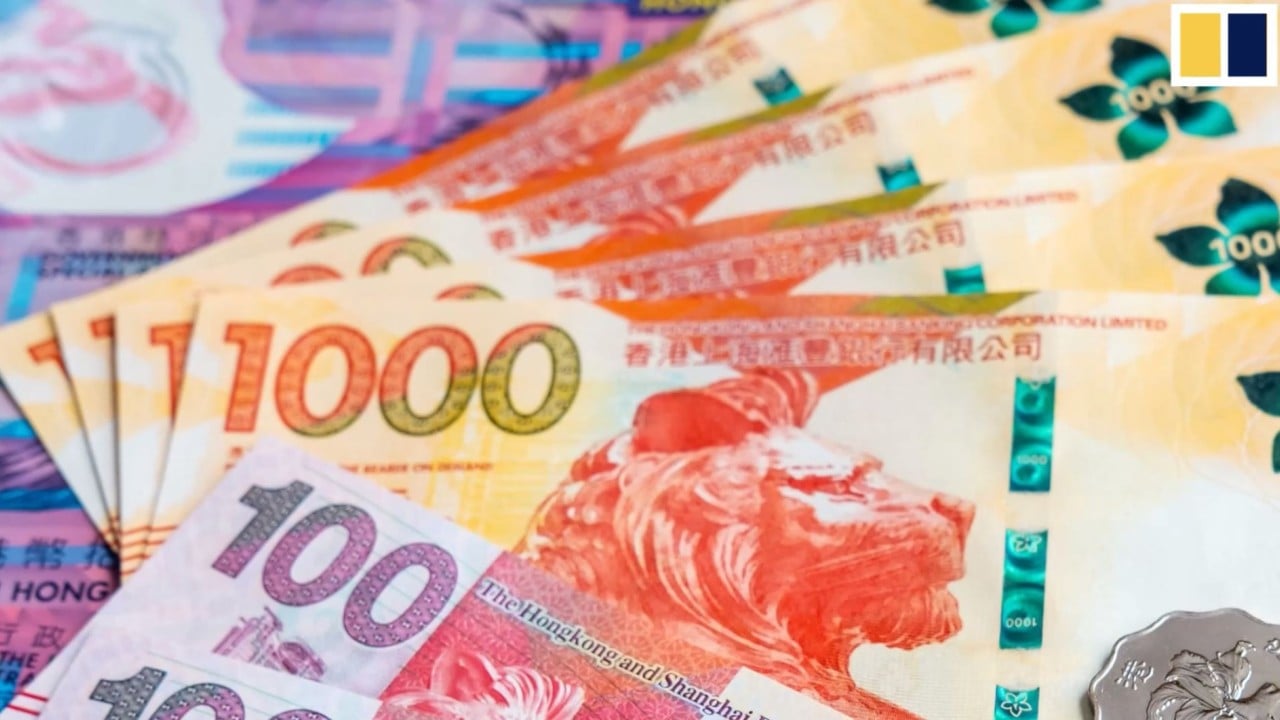The strong gains in the first quarter are a continuation of a recovery in the Exchange Fund’s investment performance, following a HK$73.4 billion return in the final three months of 2022.
Hong Kong’s gradual easing of Covid-19 restrictions from September, before the full reopening of its borders with mainland China in January, has revived economic and market momentum.
The Exchange Fund reported the worst year on record in 2022 as it lost HK$205.4 billion during a historically bad year in the global financial market.
The fund’s Hong Kong stock investments gained HK$3.3 billion during the January to March period of 2023, compared with a HK$9.4 billion loss a year earlier, reflecting the 3 per cent increase in the Hang Seng Index and the 4 per cent advance in the Hang Seng Tech Index during the span.
It gained HK$25.5 billion from its overseas stock investments during the quarter, tracking the 7 per cent increase in the S&P500 index in New York, compared with a HK$24.6 billion lost a year earlier.
The Exchange Fund also earned money in bonds, returning HK$43.9 billion, compared with a loss of HK$34.7 billion a year ago.
The fund reported a gain from foreign-exchange appreciation on its non-US dollar assets of HK$25.2 billion in the first quarter, better than the HK$13.7 billion gain a year earlier. The US dollar Index has dropped 2 per cent this year against a basket of currencies.
The HKMA did not report its returns on long-term investments during the quarter, consistent with its usual practice of announcing them at a later stage.
Fee payments to the government’s fiscal reserves amounted to HK$5.4 billion in the first quarter, the HKMA said, compared with HK$26 billion during the whole of last year.
The US Federal Reserve has raised interest rates 10 times since March 2022, by a total of 500 basis points, and is expected to pause after the latest increase on Thursday.
The Fed’s increases have fuelled capital flight from Hong Kong dollar assets, prompting the HKMA to intervene eight times this year to buy HK$51.54 billion, after it stepped in 41 times last year to buy HK$242.08 billion to keep the local dollar within its HK$7.75-HK$7.85 trading band.
“The intervention is part of the normal operation of the peg,” Yue said. “We have still reported that total deposits increased by 0.9 per cent and Hong Kong dollar deposits rose by 1.2 per cent, which showed there is no capital outflow from the Hong Kong financial market.”
“The first quarter performance of the Exchange Fund matched market expectations as global stocks and bonds performance improved, driven by the relaxation of Covid policy and the [expected] end of rate hikes,” said Kenny Wen, head of investment strategy at KGI Asia in Hong Kong.
“However, the second half will be more challenging given a slowdown in global growth and [the possibility that] the US may enter mild recession.”
Robert Lee Wai-wang, a lawmaker for the financial services sector, added: “The outlook for the Exchange Fund is cautiously optimistic as business activities have returned to normal since earlier this year. However, the investment market may still have volatilities.”
Lee is also the CEO of local brokerage Grand Capital Holdings.








